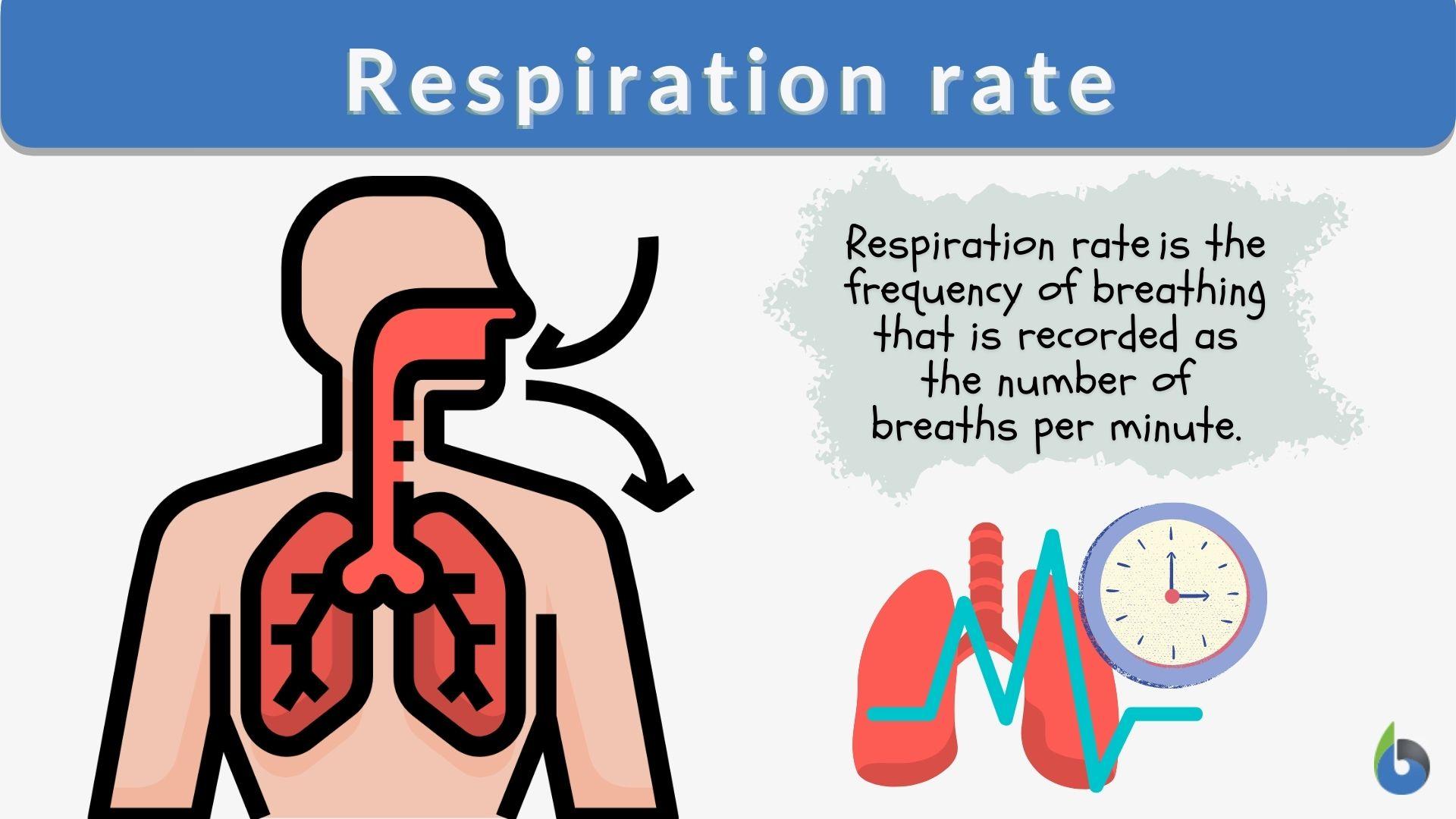Understanding Respiration Rate: A Comprehensive Guide

The respiration rate is a vital sign that reflects the health of an individual and plays a crucial role in diagnosing various medical conditions. It is defined as the number of breaths taken per minute, and it varies based on several factors such as age, activity level, and overall health. In this article, we will explore what respiration rate is, its significance, how to measure it, and the factors that can influence it.
Respiration rate is not just a simple number; it can provide critical insights into a person's respiratory and cardiovascular health. For instance, an elevated respiration rate may indicate conditions such as anxiety, fever, or respiratory distress, while a lower than normal rate can signify potential health issues such as respiratory depression. Understanding respiration rate is essential for both healthcare professionals and individuals monitoring their health.
This guide aims to provide a thorough understanding of respiration rate, including its normal ranges, variations between different populations, and its importance in medical assessments. By the end of this article, readers will have a comprehensive grasp of respiration rate and its implications for health and wellness.
Table of Contents
What is Respiration Rate?
Respiration rate refers to the number of breaths taken in one minute. It is an important indicator of respiratory function and overall health. The process of respiration involves inhaling oxygen and exhaling carbon dioxide, which is essential for sustaining life. The normal respiration rate can vary based on several factors, including age, fitness level, and health status.
Normal Respiration Rates
Normal respiration rates can differ among various age groups. Here is a breakdown of normal respiration rates for different populations:
- Newborns (0-1 month): 30-60 breaths per minute
- Infants (1 month-1 year): 20-30 breaths per minute
- Children (1-5 years): 20-25 breaths per minute
- Children (6-12 years): 12-20 breaths per minute
- Adults: 12-20 breaths per minute
- Elderly: 12-28 breaths per minute
How to Measure Respiration Rate
Measuring respiration rate is simple and can be done in a few steps:
Factors Affecting Respiration Rate
Several factors can influence an individual's respiration rate, including:
1. Age
As previously mentioned, respiration rates vary significantly with age. Newborns and infants have much higher rates compared to adults.
2. Activity Level
During physical activity, the body's demand for oxygen increases, leading to a higher respiration rate. Conversely, during sleep, the rate typically decreases.
3. Health Conditions
Conditions such as asthma, pneumonia, and heart disease can affect respiration rates, often causing them to increase.
4. Emotional State
Stress, anxiety, and excitement can lead to an increase in respiration rate, while relaxation techniques may lower it.
Significance of Respiration Rate
Monitoring respiration rate is vital for several reasons:
- It helps in assessing respiratory health and identifying potential complications.
- It can indicate the effectiveness of treatments for respiratory conditions.
- Healthcare providers often use respiration rate as part of the evaluation of a patient’s vital signs.
Abnormal Respiration Rates
An abnormal respiration rate can be a sign of underlying health issues:
- Bradypnea: A respiration rate lower than normal, which can indicate respiratory depression or neurological issues.
- Tachypnea: A respiration rate higher than normal, often associated with conditions such as fever, anxiety, or respiratory disorders.
Respiration Rate in Different Populations
Understanding how respiration rates vary among different populations can provide insights into public health:
- Athletes may have lower resting respiration rates due to enhanced lung capacity and efficiency.
- People with chronic respiratory conditions may experience consistently elevated respiration rates.
Conclusion
In summary, the respiration rate is a crucial indicator of health and well-being. It varies by age, activity level, and health status. Monitoring respiration rate can provide valuable insights into respiratory and overall health, making it an essential aspect of medical assessments. We encourage readers to pay attention to their respiration rates and consult healthcare providers if they notice any abnormalities.
If you found this article helpful, please leave a comment below or share it with others who may benefit from it. Additionally, explore other articles on our site for more health-related information.
Thank you for reading, and we look forward to seeing you again!
You Also Like
Exploring The Cast Of Real Housewives Of Dallas: A Comprehensive GuideEthan Embry: A Look At His Most Memorable TV Shows
Top Gun 2 Cast: Meet The Stars Of Maverick
Understanding Shotta Flow: The Rise Of A Viral Hip-Hop Sensation
Exploring The Luxurious World Of Jordan Belfort's Yacht
Article Recommendations
ncG1vNJzZmiZlKK2r3rBqKmdnaKhrq%2Bw0mespGaTpLpwwdKnnLCrYmS%2Fpr%2FPoqmarJmku26%2BwK2cZ6Ckork%3D